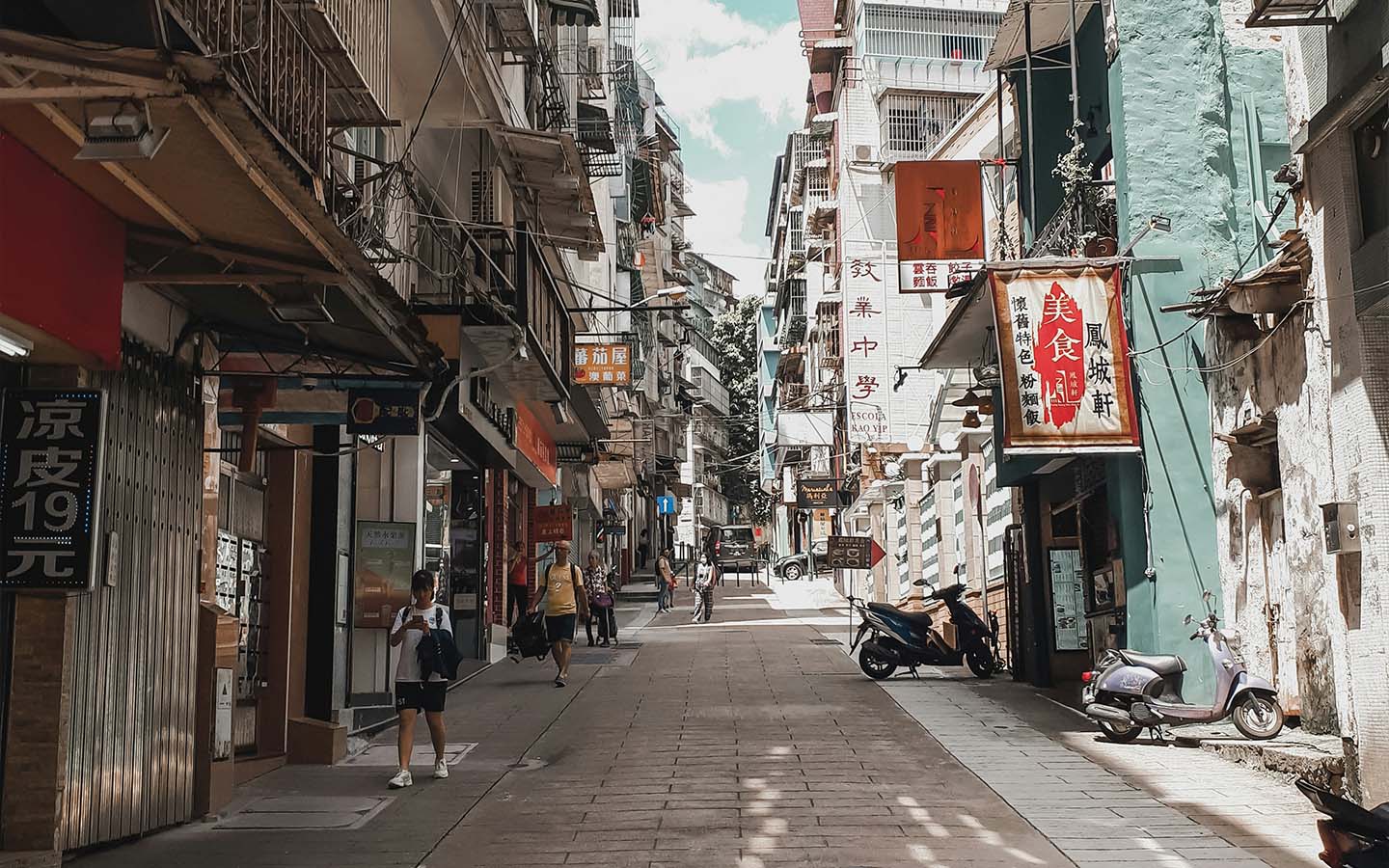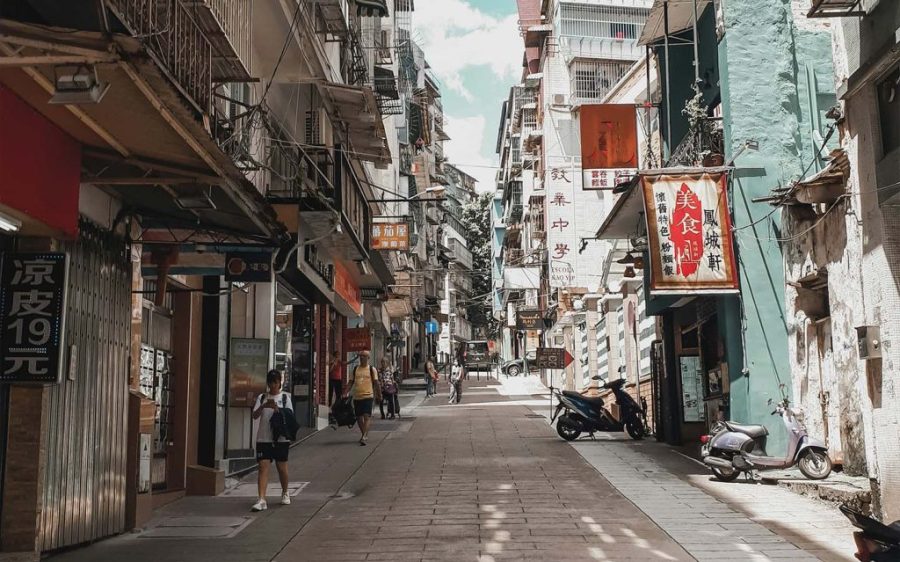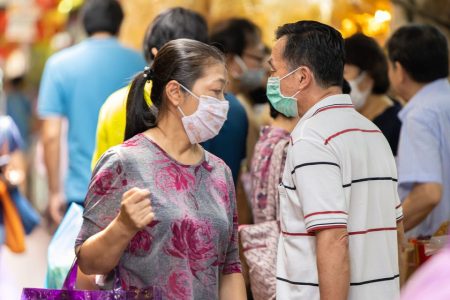The frequency of hot days in Macao could increase substantially from a current median of 27.8 days to an average of 77.7 days by the middle of this century, according to modelling data from the Meteorological and Geophysical Bureau (also known by its Portuguese acronym SMG).
In a report published yesterday, the local weather forecaster modelled the future of Macao’s weather under the five emission scenarios featured in the 2021 report by the UN Intergovernmental Panel on Climate Change.
The SMG found that under an intermediate greenhouse gases emissions scenario, which assumes the success of some mitigation strategies, the annual number of hot days in the SAR will jump to an average of 77.7 days by the years 2041 to 2060. Towards the end of the century, this figure is expected to exceed 100 days each year. A hot day is defined as one with a maximum temperature at or above 33ºC.
[See more: 2023 was Macao’s third hottest year on record]
Under the same climate change scenario, Macao’s maximum temperature will rise to a high of 37.3°C between 2041 and 2060, an increase of 1.6°C from the current all-time record of 35.7°C. The model predicts that by 2081 to 2100, the mercury could jump by 2.8°C to 38.5°C.
A very high emissions scenario – which assumes few curbs on fossil fuel use – could yield even more hot days, with the model suggesting that they could reach nearly 180 days a year by this century’s end.
The 2021 UN report does not specify which climate change scenario is most likely to happen, but some analysts have pointed out that the intermediate outcome is most likely.
According to the SMG, it is still possible to limit the temperature rise in Macao to a relatively low level if the targets stipulated in the Paris Agreement are met.






